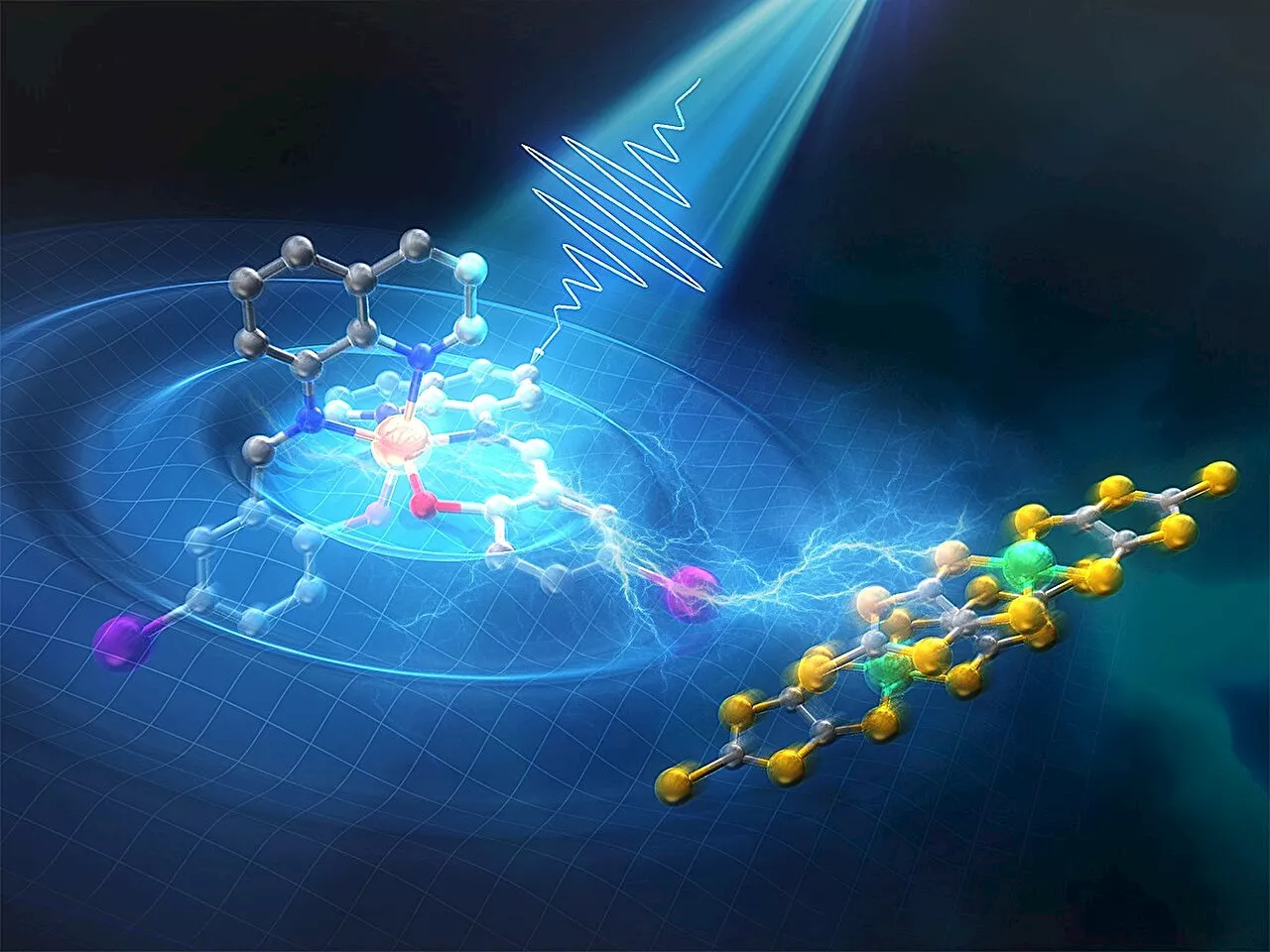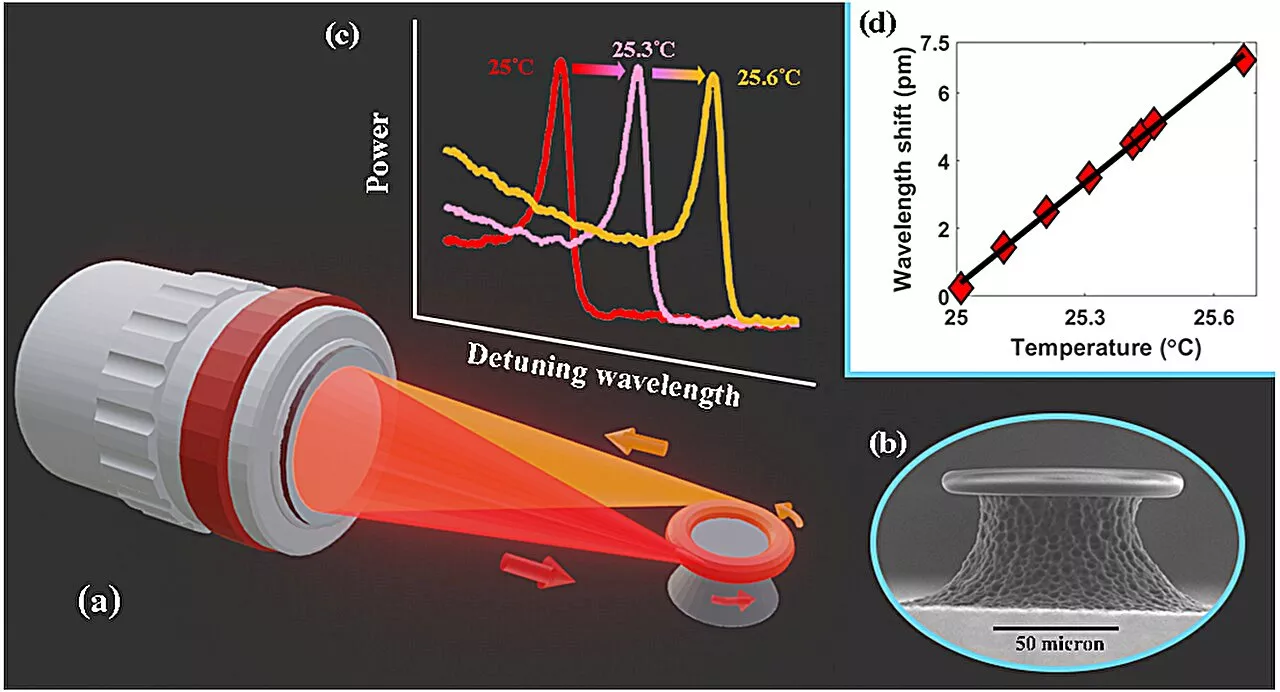Researchers uncover how the halogen bond can be exploited to direct sequential dynamics in the multi-functional crystals, offering crucial insights for developing ultrafast-response times for multilevel optical storage.
Halogen bonds are intermolecular interactions that arise from the attraction between a halogen atom and another atom with lone pairs, more generally a molecular entity with high electron density. Understanding the distinctive and highly directional nature of halogen bonds is crucial for crystal engineering and studying photoinduced structural deformations, which is key for the development of innovative photo-functional materials.
To solve this problem, a team of researchers, led by Assistant Professor Tadahiko Ishikawa from the Department of Chemistry at the School of Science at Tokyo Institute of Technology , Associate Professor Kazuyuki Takahashi affiliated with Kobe University, Dr. Yifeng Jiang affiliated with the European X-Ray Free-Electron Laser Facility , and Professor R. J.
The future development of functional magnetic devices based on ultrafast optical manipulation of spins requires an understanding of the depth-dependent spin dynamics across the interfaces of complex ...
Materials Science Physics Engineering And Construction Nature Of Water Chemistry Inorganic Chemistry Organic Chemistry
United States Latest News, United States Headlines
Similar News:You can also read news stories similar to this one that we have collected from other news sources.
 Observing mammalian cells with superfast soft X-raysResearchers have developed a new technique to view living mammalian cells. The team used a powerful laser, called a soft X-ray free electron laser, to emit ultrafast pulses of illumination at the speed of femtoseconds, or quadrillionths of a second.
Observing mammalian cells with superfast soft X-raysResearchers have developed a new technique to view living mammalian cells. The team used a powerful laser, called a soft X-ray free electron laser, to emit ultrafast pulses of illumination at the speed of femtoseconds, or quadrillionths of a second.
Read more »
 Observing mammalian cells with superfast soft X-raysResearchers have developed a new technique to view living mammalian cells. The team used a powerful laser, called a soft X-ray free electron laser, to emit ultrafast pulses of illumination at the speed of femtoseconds, or quadrillionths of a second.
Observing mammalian cells with superfast soft X-raysResearchers have developed a new technique to view living mammalian cells. The team used a powerful laser, called a soft X-ray free electron laser, to emit ultrafast pulses of illumination at the speed of femtoseconds, or quadrillionths of a second.
Read more »
 Watch SpaceX send Earth-observing satellite to orbit today on 2nd leg of doubleheaderElizabeth Howell (she/her), Ph.D., is a staff writer in the spaceflight channel since 2022 covering diversity, education and gaming as well. She was contributing writer for Space.com for 10 years before joining full-time.
Watch SpaceX send Earth-observing satellite to orbit today on 2nd leg of doubleheaderElizabeth Howell (she/her), Ph.D., is a staff writer in the spaceflight channel since 2022 covering diversity, education and gaming as well. She was contributing writer for Space.com for 10 years before joining full-time.
Read more »
 Scientists develop most sensitive method yet for observing single moleculesScientists at the University of Wisconsin–Madison have developed the most sensitive method yet for detecting and profiling a single molecule—unlocking a new tool that holds potential for better understanding how the building blocks of matter interact with each other.
Scientists develop most sensitive method yet for observing single moleculesScientists at the University of Wisconsin–Madison have developed the most sensitive method yet for detecting and profiling a single molecule—unlocking a new tool that holds potential for better understanding how the building blocks of matter interact with each other.
Read more »
 Observing ultrafast photoinduced dynamics in a halogen-bonded supramolecular systemResearchers have uncovered how the halogen bond can be exploited to direct sequential dynamics in multi-functional crystals, offering crucial insights for developing ultrafast-response times for multilevel optical storage.
Observing ultrafast photoinduced dynamics in a halogen-bonded supramolecular systemResearchers have uncovered how the halogen bond can be exploited to direct sequential dynamics in multi-functional crystals, offering crucial insights for developing ultrafast-response times for multilevel optical storage.
Read more »
 Researchers achieve ultra-high-Q free space coupling to microtoroid resonatorsScientists from the University of Arizona have achieved far-field coupling of light to ultra-high quality factor microtoroids using a single objective lens. This could provide the foundation for a fully on-chip multiplexed microtoroid sensing platform.
Researchers achieve ultra-high-Q free space coupling to microtoroid resonatorsScientists from the University of Arizona have achieved far-field coupling of light to ultra-high quality factor microtoroids using a single objective lens. This could provide the foundation for a fully on-chip multiplexed microtoroid sensing platform.
Read more »
